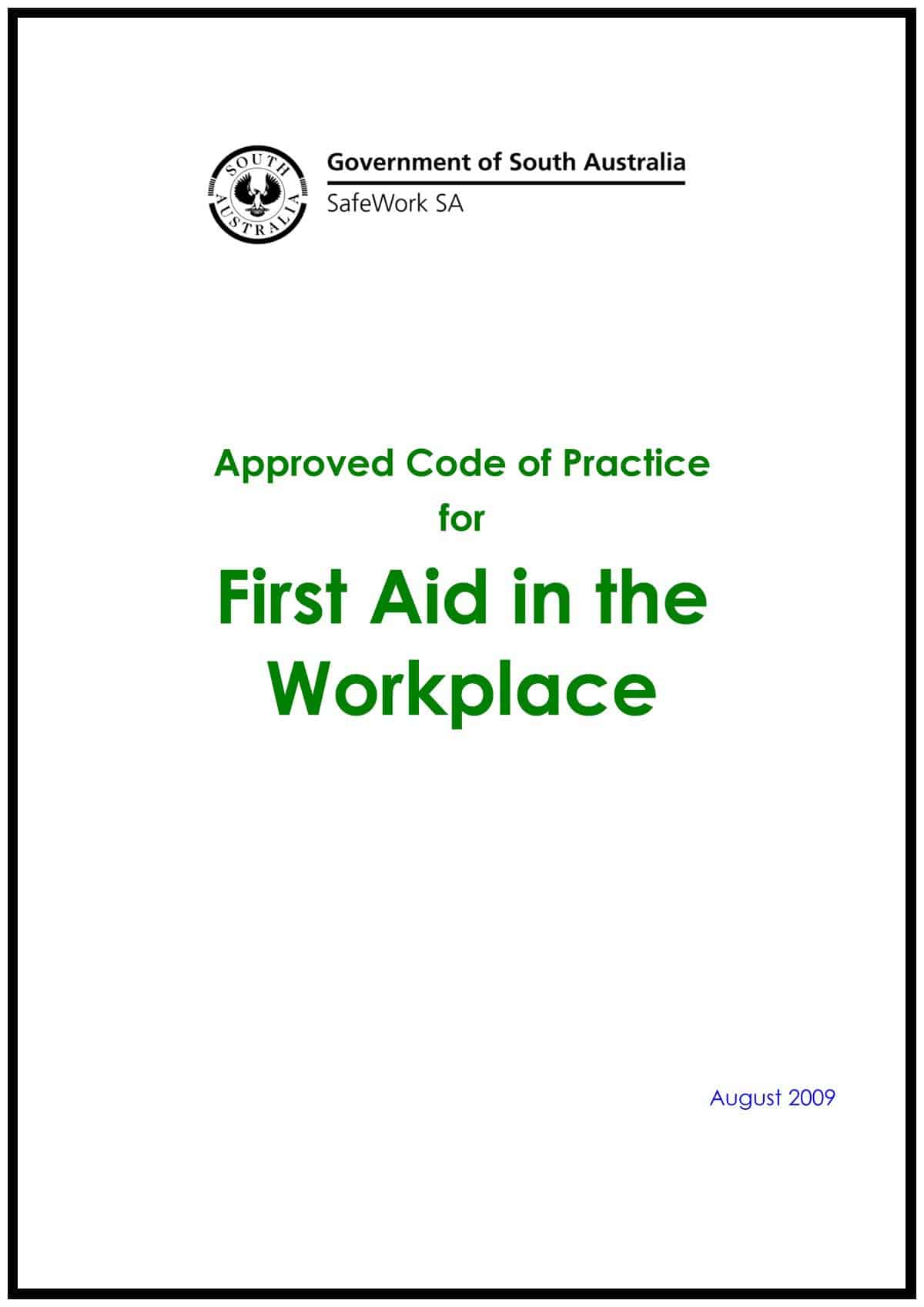On April 5 2008, a cool store in New Zealand exploded killing one firefighter and injuring 7 others. Icepak Coolstore Ltd, according to the fire services investigation report
“[had] very large quantities of combustible material contained in the expanded polystyrene construction panels and also in the foodstuffs stored.
“There were no compliant fire detection or protection systems or hydrants, and very limited firefighting water.”
In July 2008, the New Zealand Department of Labour (DoL) issued a media statement and fact sheet concerning the explosive potential of flammable hydrocarbon refrigerants.
Language warning on the video below
On 15 December 2009, a New Zealand Court penalised two companies and a director with fines totalling over $NZ390,000. The DoL has issued a media statement about the prosecution results.
The many reports and inquiries into the explosion and fire are very informative but one element that the DoL wants to focus on is the penalty applied to the Director of Icepak Coolstore, Wayne Grattan. He was
“fined $30,000 on one charge that he acquiesced in the failure of the company to take all practicable steps to ensure the safety of its employees while at work.”
The Department of Labour’s Chief Adviser for Workplace Health and Safety, Dr Geraint Emrys said (click HERE for audio):
“The prosecution against the director of Icepak should serve as a reminder to officers, agents and directors of organisations that they can be held personally accountable for the failures of their organisation.
“Mr Grattan was charged with acquiescing in Icepak’s failure in respect of obligations to its employees. The outcome of the case against Mr Grattan reinforces the requirements of directors to be proactive in health and safety matters.”
As many Commonwealth countries have a strong commonality of law, the Icepak Coolstore case should be an important case study in many jurisdictions.



